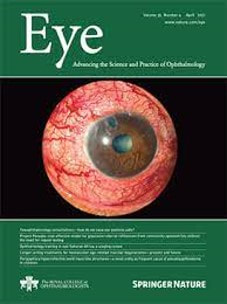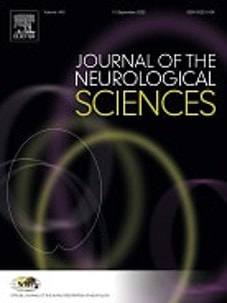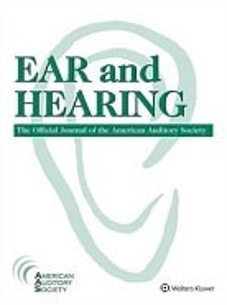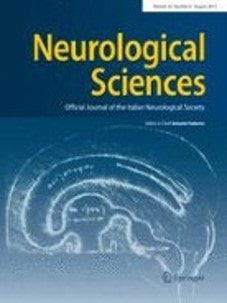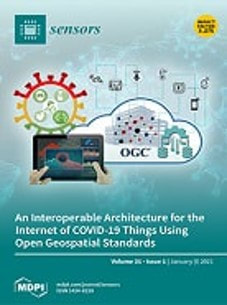Prelimanry data on a novel smart glasses system for measuring the angle of deviation in strabismus⠀January, 2023 |
Automated nystagmus detection: Accuracy of slow-phase and quick-phase algorithms to determine the presence of nystagmus⠀November, 2022 |
Clinical Spectrum of Positional Vertigo in an Outpatient Setting⠀July-August, 2022 |
The fixation suppression test can uncover vertical nystagmus of central origin in some patients with dizziness⠀December, 2021 |
Trends and Challenges of Wearable Multimodal Technologies for Stroke Risk Prediction⠀January, 2021 |

